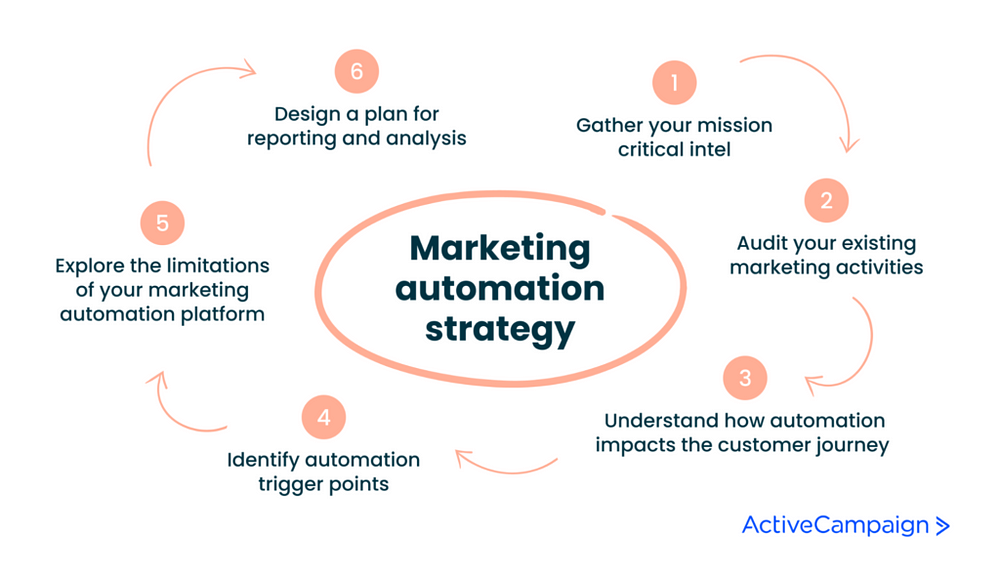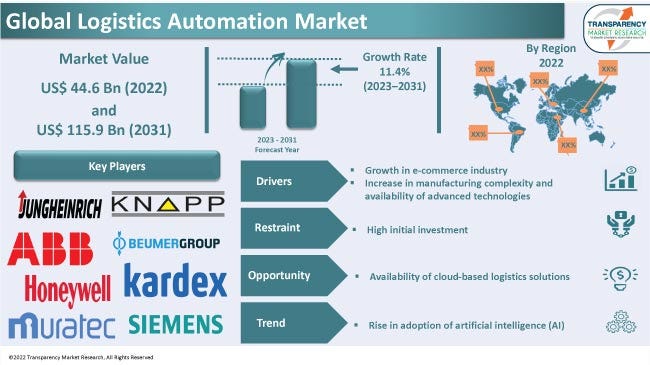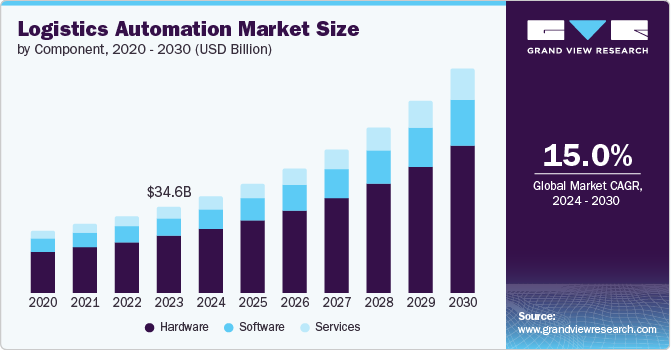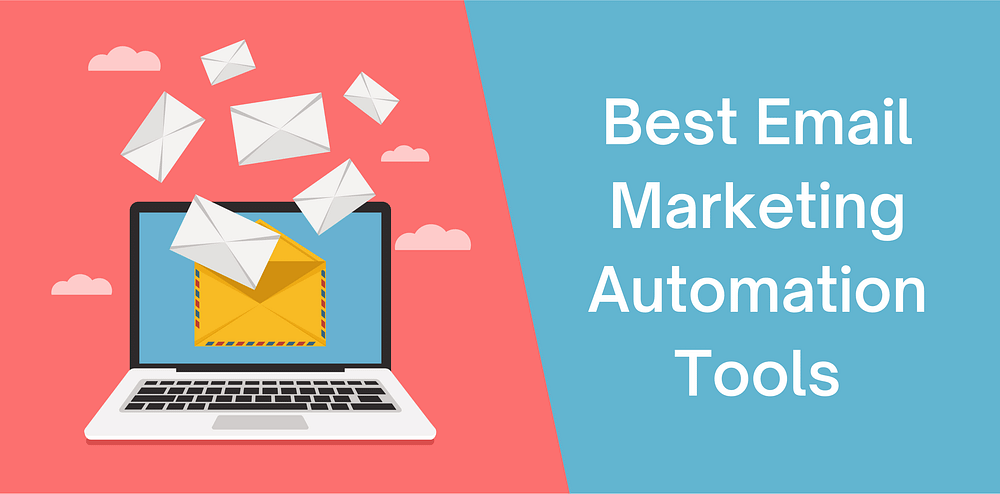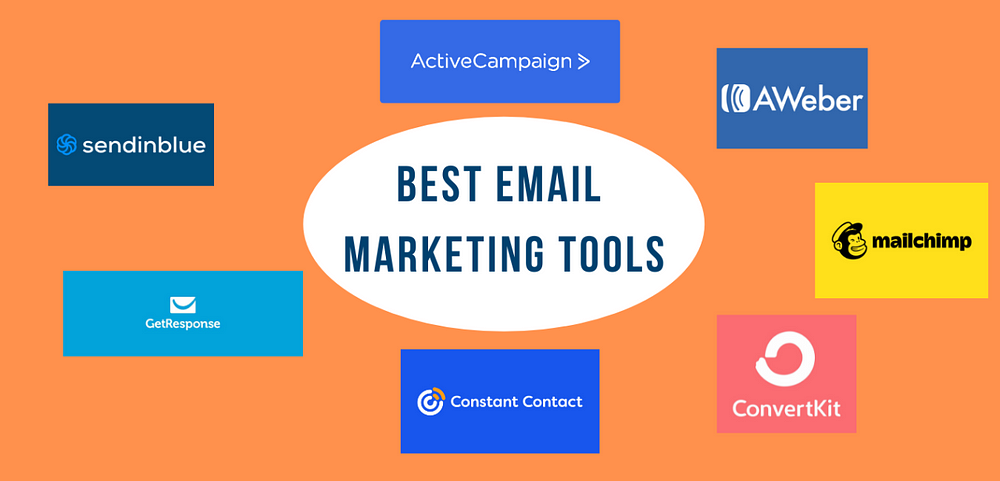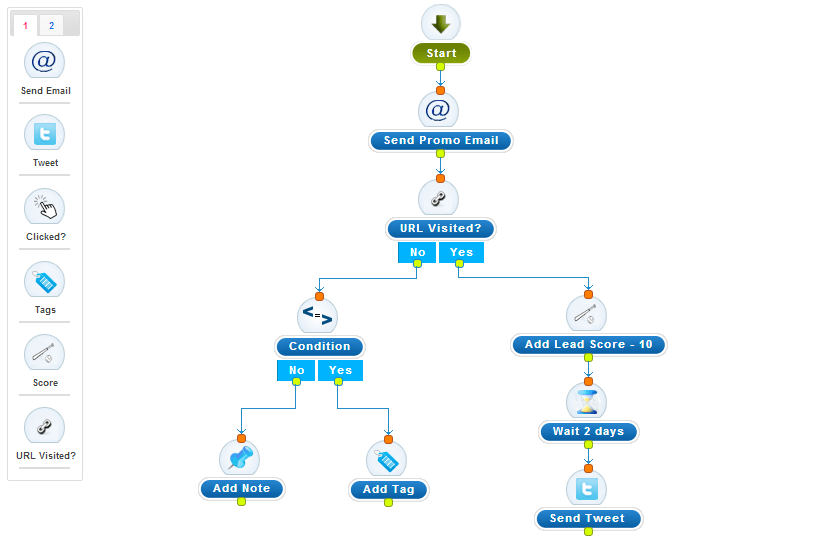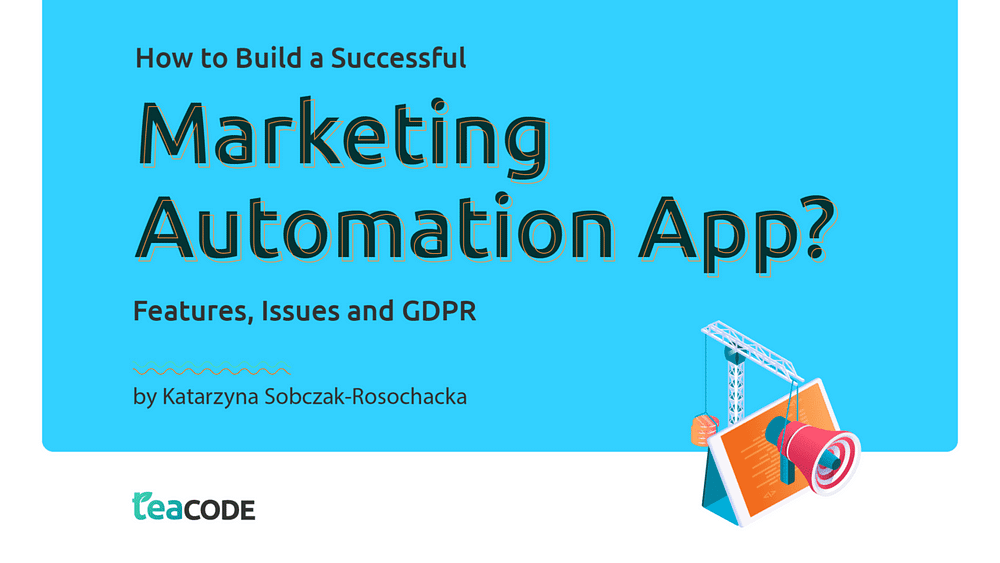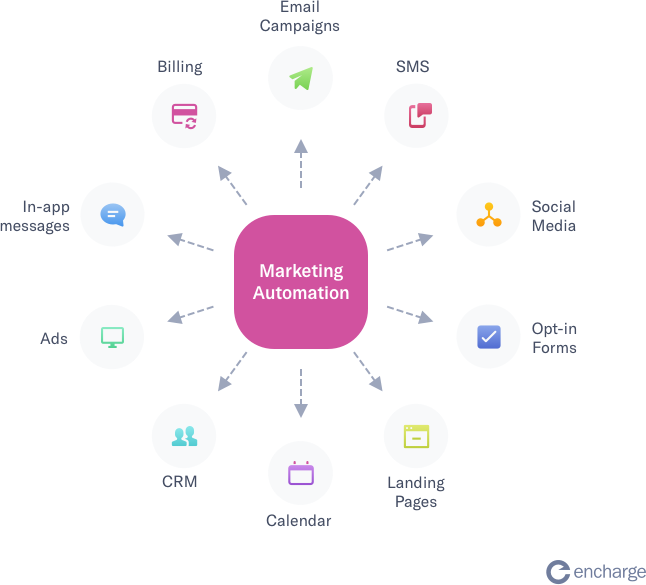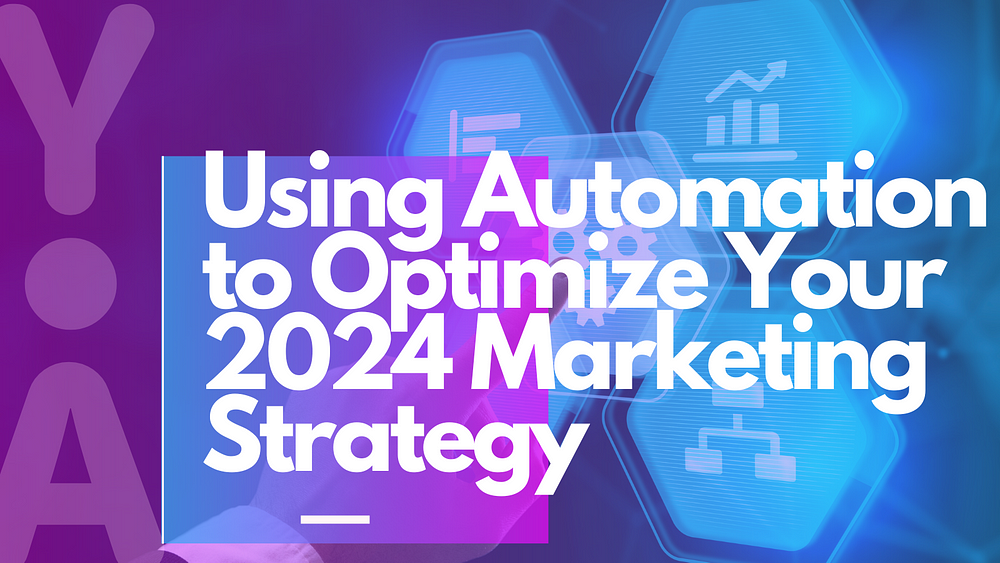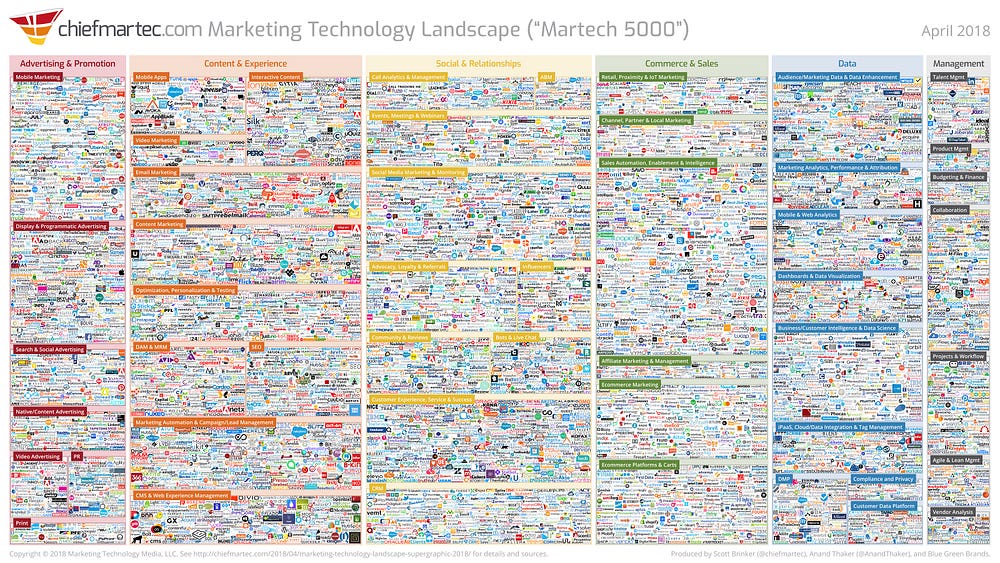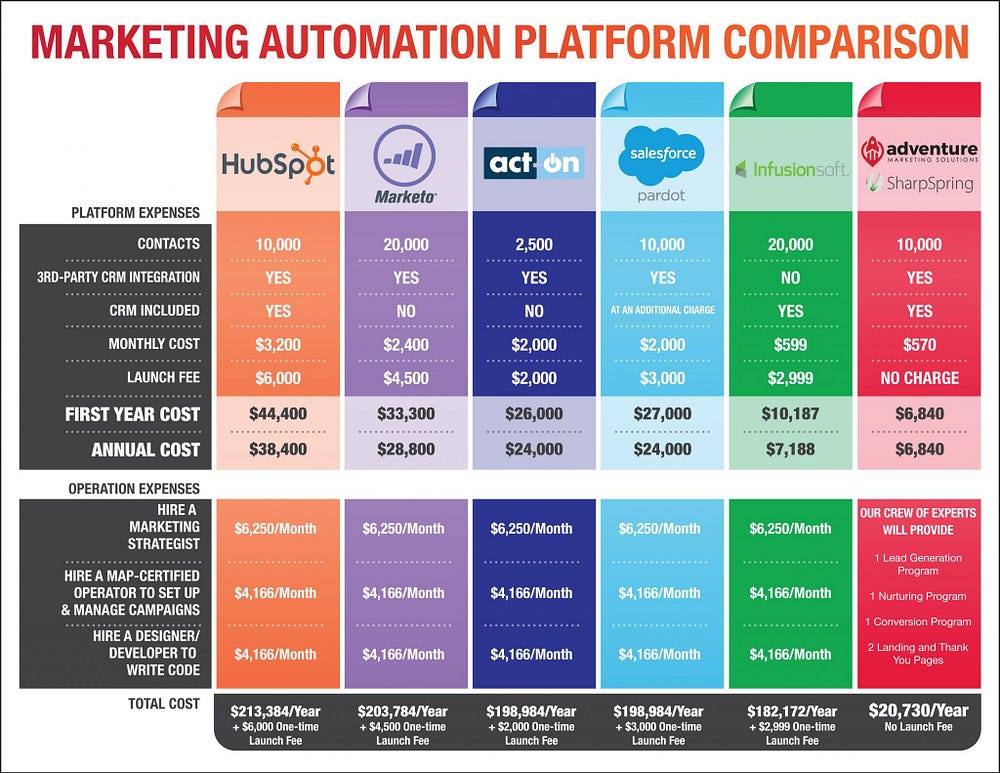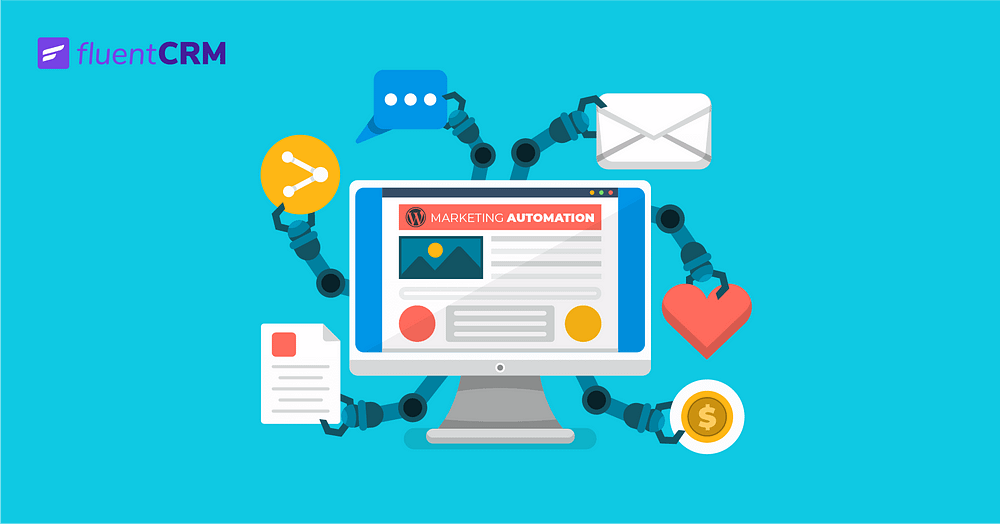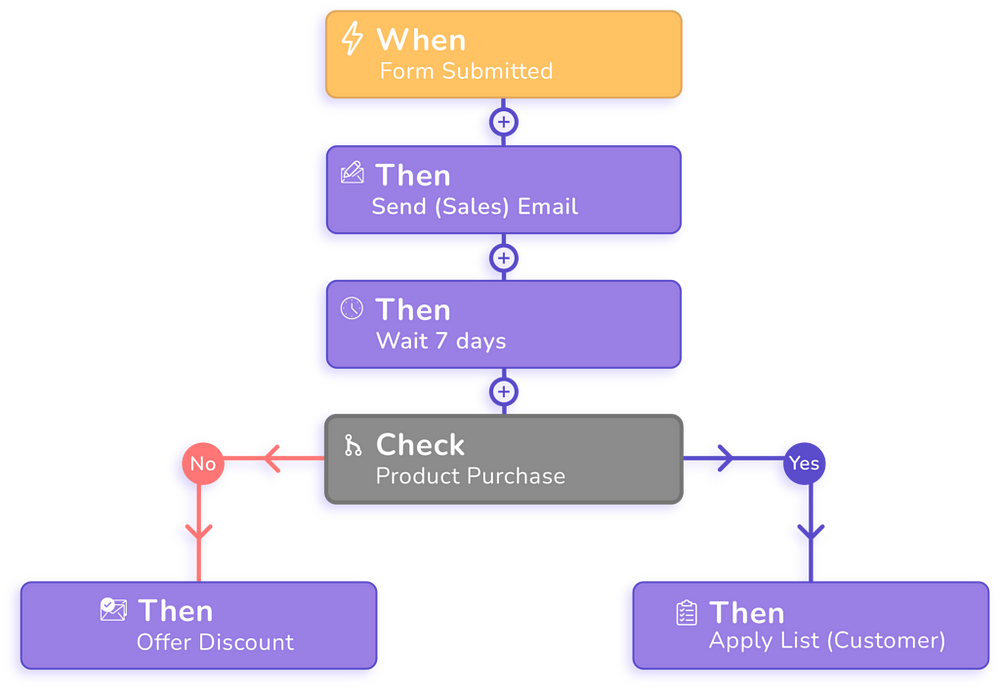Introduction
In today’s fast-paced business world, efficiency and agility are crucial for staying competitive. Pega Workflow Automation offers a comprehensive solution to streamline business processes, improve productivity, and enhance customer satisfaction. This article explores the features, benefits, and best practices for implementing Pega Workflow Automation in your organization.

What is Pega Workflow Automation?
Pega Workflow Automation, developed by Pegasystems, is a powerful platform designed to automate complex business processes. It provides a robust set of tools for designing, executing, and managing workflows, allowing organizations to automate repetitive tasks, streamline operations, and ensure compliance.
Key Features of Pega Workflow Automation
1. Intuitive Process Design
Pega’s visual process designer allows users to create and modify workflows with ease. The drag-and-drop interface makes it simple to map out processes, define business rules, and automate decision-making.
2. Case Management
Pega’s case management capabilities enable organizations to manage work as cases, providing a holistic view of each process from start to finish. This approach ensures that all related tasks and data are consolidated into a single case, improving oversight and coordination.
3. Integration Capabilities
Pega Workflow Automation seamlessly integrates with a wide range of enterprise systems, including CRM, ERP, and legacy applications. This ensures that workflows can access and leverage data from various sources, enhancing their effectiveness and efficiency.
4. Advanced Analytics
Pega provides powerful analytics and reporting tools to monitor workflow performance, identify bottlenecks, and measure outcomes. These insights enable continuous improvement and optimization of business processes.
5. Scalability
Pega’s platform is highly scalable, making it suitable for organizations of all sizes. Whether you need to automate a single process or transform your entire business operation, Pega can scale to meet your needs.
6. AI and Decisioning
Pega integrates AI and machine learning to enhance decision-making within workflows. This allows for more intelligent and responsive processes that can adapt to changing conditions and provide personalized experiences.
7. Mobile and Cloud Support
Pega Workflow Automation supports mobile access and cloud deployment, enabling users to manage workflows from anywhere and ensuring flexibility and scalability.
Benefits of Pega Workflow Automation
1. Increased Efficiency
By automating repetitive tasks and streamlining processes, Pega Workflow Automation reduces the time and effort required to complete work. This leads to faster turnaround times and higher productivity.
2. Improved Accuracy
Automation minimizes the risk of human error, ensuring that processes are executed consistently and accurately. This enhances the quality of outputs and reduces the need for rework.
3. Enhanced Compliance
Pega ensures that workflows adhere to regulatory and compliance standards. Automated checks and balances are built into the processes, reducing the risk of non-compliance and associated penalties.
4. Better Customer Experience
With streamlined processes and faster response times, Pega Workflow Automation enhances the customer experience. Customers receive timely and accurate service, improving satisfaction and loyalty.
5. Cost Savings
Automation reduces operational costs by minimizing manual tasks and improving resource utilization. This leads to significant cost savings for businesses.
6. Scalable Solutions
Pega’s scalable platform can grow with your business, accommodating increasing volumes of work and more complex processes without sacrificing performance.
Best Practices for Implementing Pega Workflow Automation
1. Identify Key Processes for Automation
Start by identifying the processes that will benefit most from automation. Focus on repetitive, time-consuming tasks that are prone to errors.
2. Engage Stakeholders
Involve key stakeholders in the planning and implementation process. Their insights and feedback are crucial for designing effective workflows that meet business needs.
3. Leverage Pega’s Training and Resources
Take advantage of Pega’s extensive training and resources to ensure your team is well-equipped to use the platform. Pega offers training programs, documentation, and community support to help users get the most out of the platform.
4. Start Small and Scale Up
Begin with a pilot project to test the platform and refine your workflows. Once you’ve successfully automated a few processes, gradually expand to other areas of your business.
5. Monitor and Optimize
Regularly monitor the performance of your workflows and gather feedback from users. Use this information to make continuous improvements and optimize your processes.
6. Ensure Data Integration
Integrate Pega with your existing systems to ensure that workflows have access to all necessary data. This enhances the effectiveness of your automation and ensures seamless operations.
7. Focus on User Experience
Design workflows with the end-user in mind. Ensure that interfaces are intuitive and that processes are easy to follow. This improves adoption rates and user satisfaction.
Future of Pega Workflow Automation
As businesses continue to evolve, the demand for more sophisticated automation solutions will grow. Pega is poised to meet this demand with ongoing innovations in AI, machine learning, and process automation. Future developments may include more advanced decisioning capabilities, deeper integrations with emerging technologies, and enhanced support for digital transformation initiatives.
FAQ Section
1. What is Pega Workflow Automation?
Pega Workflow Automation is a platform developed by Pegasystems that automates complex business processes, streamlining operations and improving efficiency.
2. What are the key features of Pega Workflow Automation?
Key features include intuitive process design, case management, integration capabilities, advanced analytics, scalability, AI and decisioning, and mobile and cloud support.
3. How does Pega Workflow Automation improve efficiency?
By automating repetitive tasks and streamlining processes, Pega reduces the time and effort required to complete work, leading to faster turnaround times and higher productivity.
4. What are the benefits of using Pega Workflow Automation?
Benefits include increased efficiency, improved accuracy, enhanced compliance, better customer experience, cost savings, and scalable solutions.
5. How do I implement Pega Workflow Automation in my organization?
Identify key processes for automation, engage stakeholders, leverage Pega’s training and resources, start small and scale up, monitor and optimize, ensure data integration, and focus on user experience.
6. What is the future of Pega Workflow Automation?
Future developments may include more advanced decisioning capabilities, deeper integrations with emerging technologies, and enhanced support for digital transformation initiatives.
7. Can Pega Workflow Automation integrate with other systems?
Yes, Pega Workflow Automation can integrate with a wide range of enterprise systems, including CRM, ERP, and legacy applications, ensuring seamless operations and data access.
8. How does Pega ensure compliance in workflows?
Pega includes automated checks and balances in workflows to ensure they adhere to regulatory and compliance standards, reducing the risk of non-compliance and associated penalties.
By understanding and leveraging Pega Workflow Automation, businesses can streamline their operations, enhance efficiency, and stay competitive in a rapidly evolving market.
Conclusion
Pega Workflow Automation is a powerful tool that can transform the way businesses operate. By automating repetitive tasks, improving accuracy, and enhancing compliance, Pega helps organizations achieve greater efficiency and effectiveness. Implementing Pega Workflow Automation can lead to significant cost savings, better customer experiences, and a more agile business operation.

